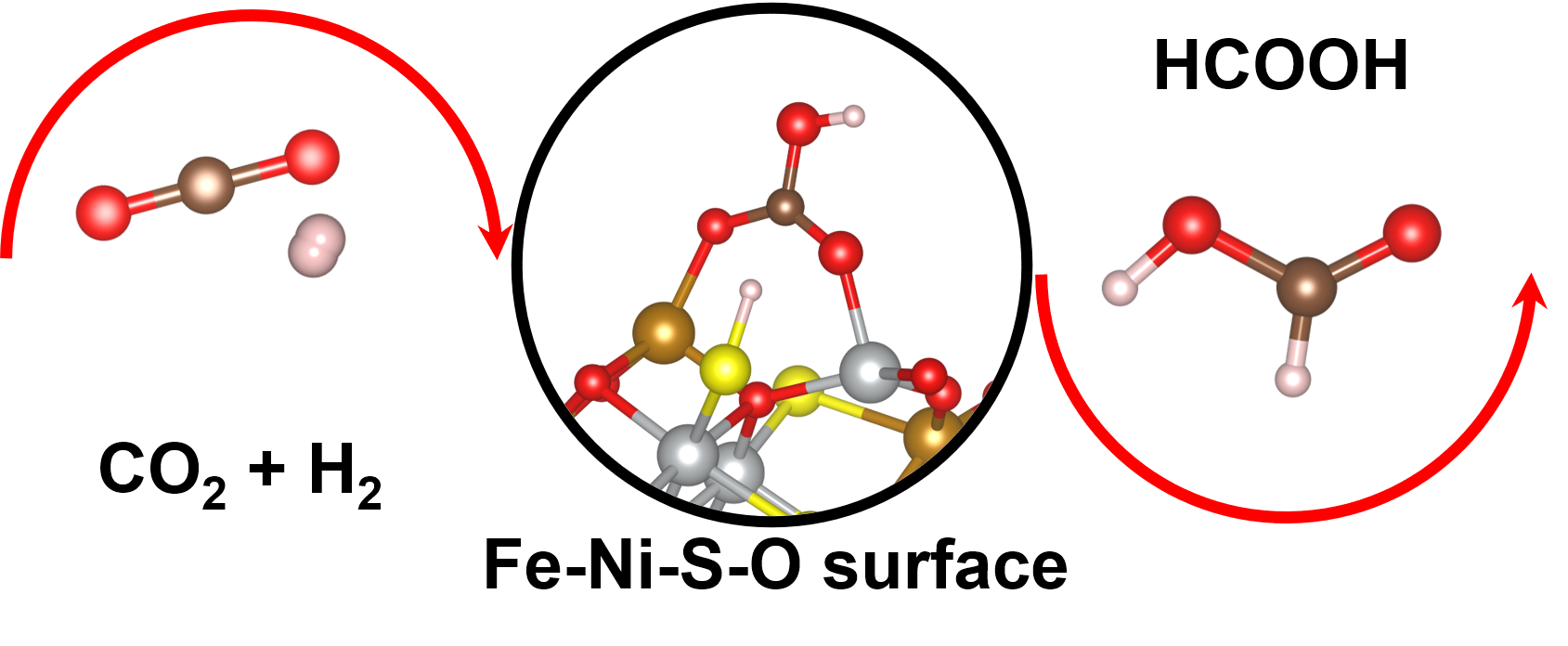🎄12 Days of HPC 2021
Sustai-noel conversion of carbon dioxide
During the month of December we’re featuring blog posts from researchers from across the University of Leeds showcasing the fantastic work they do using our High Performance Computing system. Follow us @RC_at_Leeds to keep up to date with our 12 days of HPC blog series.
What’s your name?
Dr David Santos-Carballal
What department do you work in?
School of Chemistry
What research question are you trying to answer?
I am developing heterogeneous catalysts for the sustainable conversion of carbon dioxide into useful chemicals. The C atom is in its most oxidised form in the highly stable carbon dioxide molecule. Reducing the oxidation state of the C atom involves surmounting saddle points of high energy during the chemical reaction, that can be considerably reduced by employing catalysts.
What tools or technologies do you use in your research? (Programming languages, packages, APIs)
I use computational chemistry tools to tackle this question. The Vienna Ab-initio Simulation Package (VASP) is a first-principles calculations code for performing the quantum chemistry calculations needed to obtain the optimised energies and structural parameters. The Minimum Energy Technique Applied to Dislocation, Interface and Surface Energies (METADISE) code is employed to create realistic non-polar, stoichiometric and symmetric surfaces where the carbon dioxide conversion reaction takes place. The Site Occupancy Disorder (SOD) is a package of programs and tools for modelling site-disordered solids, which works in connection with codes like VASP for the simulations of systems with periodic boundary conditions.
How does HPC help your research?
VASP is a computationally very demanding program that computes self-consistently the approximate solution to the Schrödinger equation for multi-electronic and poly-atomic systems. VASP was designed to run on HPC resources, where it can take advantage of a large number of processes running in parallel.
What is the potential impact of your research?
My research can help accelerate finding sustainable and cost-effective catalysts for the conversion of carbon dioxide. Although essential, laboratory experiments are expensive and can be guided and supported with computer simulations.
In your personal opinion what’s the coolest thing about your research?
The coolest thing about my research is to find an experimental paper that is in agreement with my computational predictions.
In your opinion, what is the ultimate Christmas song?
Last Christmas by Wham!


